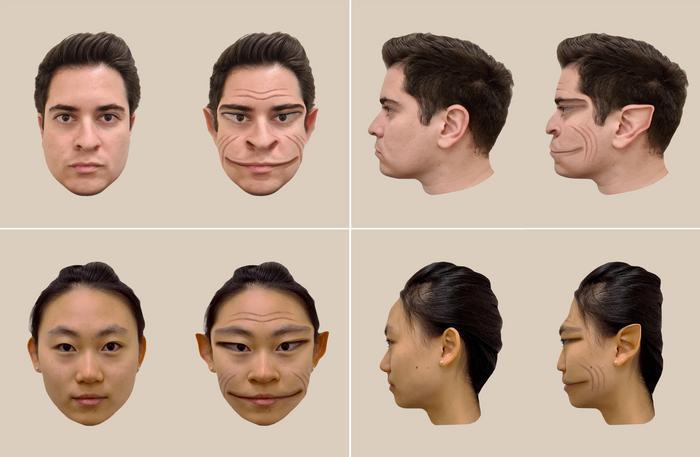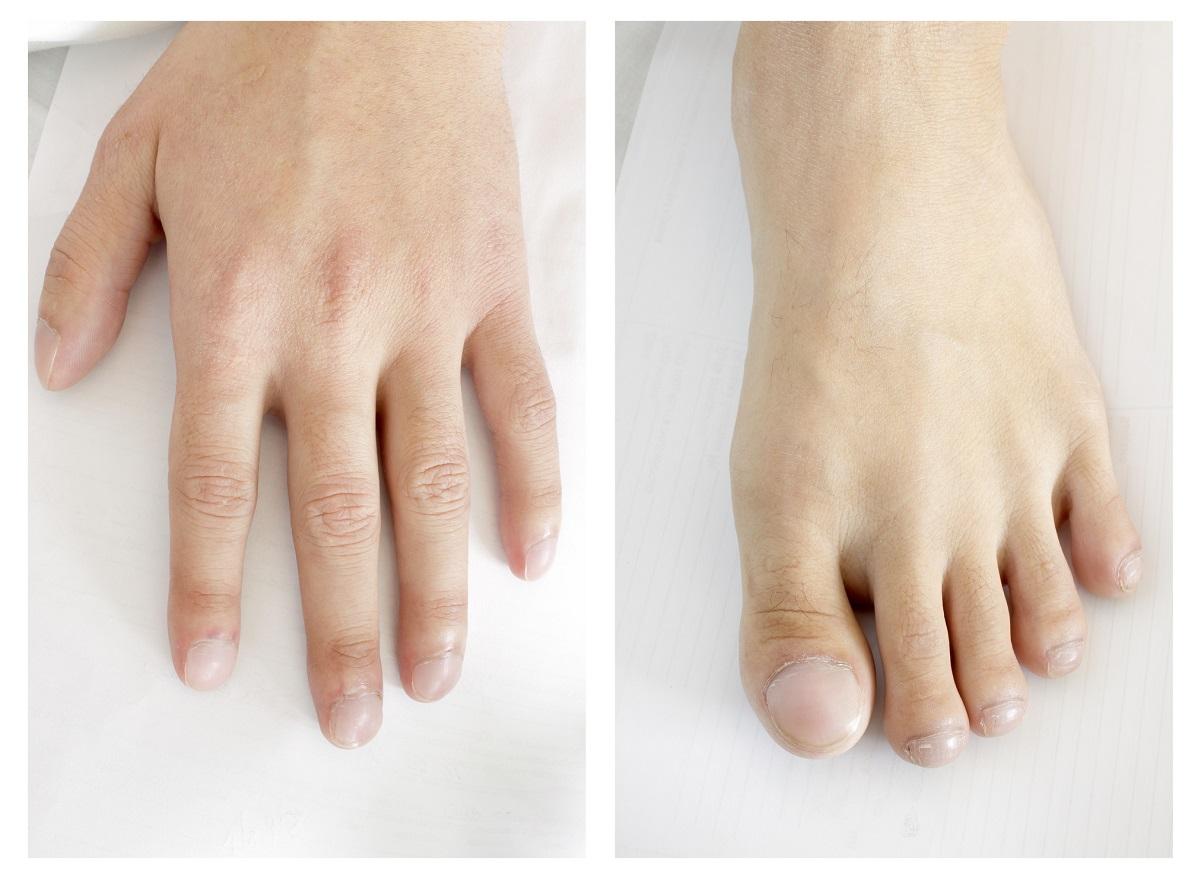Prosopometamorphopsia is a very rare visual disorder that leads to seeing faces completely distorted: a new study provides a better understanding of what patients experience.

- Prosopometamorphopsia is a very rare visual disorder that leads to seeing faces completely distorted.
- A new study has shed light on what people with the disease see.
- The researchers hope that their work will help to better understand this disorder.
Prosopometamorphopsia is a very rare disorder of face perception. Patients who suffer from it see a person’s features distort when they look at them. Dartmouth researchers managed to provide precise visualizations of facial distortions seen by patients thanks to the collaboration of a 58-year-old man suffering from this disease. Their work was published in the journal The LancetMarch 23, 2024.
Prosopometamorphopsia: what do patients see?
The prosopometamorphopsia patient who participated in the study sees faces without any distortion when viewed on a screen and on paper. On the other hand, if he looks directly at a person, his features distort to take on a shape “demonic”. “Most cases of prosopometamorphopsia see distortions in all contexts, so his case is particularly rare and provides a unique opportunity to accurately describe these distortions”specifies communicated.
For the study, the volunteer was placed in the presence of people and their photographs. It showed the researchers the differences they observed between the figure on the screen and the real face in front of it. The image was modified using computer software so that it corresponded to the distortions perceived by the patient.
“In other studies of the disease, patients with prosopometamorphopsia are unable to assess how accurately a visualization of their distortions represents what they see, because the visualization itself also depicts a face, so the patients will also perceive distortions”explains lead author Antônio Mello of the Department of Brain Sciences and Psychology at Dartmouth. “Through this process, we were able to visualize the patient’s perception of facial distortions in real time.”
Prosopometamorphopsia: a little-known visual disorder
Prosopometamorphopsia, also called PMO, is a very rare disease. According to the authors, only 75 cases are listed in the scientific literature. In addition, this disorder, characterized by deficiencies in the processing of faces, presents symptoms that vary from one case to another. They can affect the shape, size, color and position of the features of the figure. The duration of the PMO also fluctuates: it “can last days, weeks, or even years”specify the researchers in their press release.
Although this rare disorder generally appears after a brain injury, its origin remains very mysterious and its diagnosis is complex. “Many people with PMO have told us that they were diagnosed by psychiatrists as having schizophrenia and put on antipsychotics, even though their condition was a visual system problem.”says lead author Brad Duchaine of Dartmouth.
“And it’s not uncommon for people with this vision disorder not to talk about their face perception problem because they fear that others will think the distortions are a sign of a psychiatric disorder.” The researchers hope that their work will help to better understand PMO and raise public awareness of this little-known disorder.

















